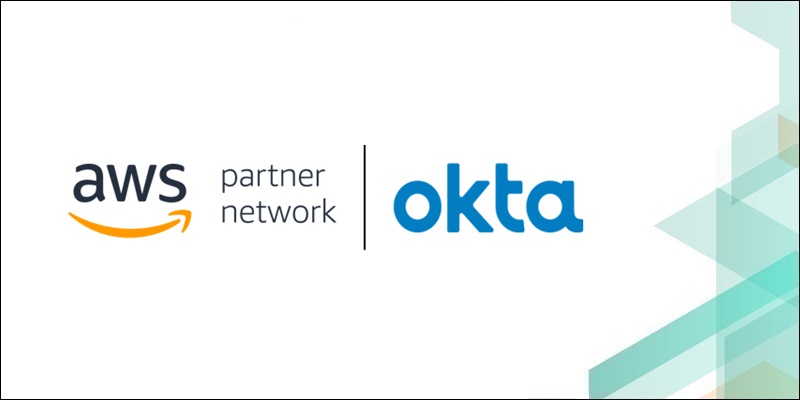AWS Partner Network (APN) Blog
Tag: Identity and Access Management
How to Build a Real-Time Gaming Leaderboard with Amazon DynamoDB and Rockset
For microservices that predominantly write data, Amazon DynamoDB provides an “always on” experience without the need for careful capacity planning, resharding, and database maintenance. These capabilities make DynamoDB a popular database service for various parts of game platforms like player data, game state, session history, and leaderboards. Learn how to pair Amazon DynamoDB with an analytics solution like Rockset to automatically index your data for fast search, aggregations, and joins at scale.
Quickly Visualize Marketing Analytics and Ads Data with Matillion, Amazon Redshift, and Amazon QuickSight
Google Analytics and Google Ads are popular platforms for customers who need to make data-driven decisions about the performance of their web assets. For prediction, testing, and optimization scenarios, however, customers need a broader and more complete set of analytics. Matillion is an ideal tool to combine the power and convenience of Amazon Redshift and Amazon QuickSight, providing cloud-native data integration tools that make loading and transforming data fast, easy, and affordable.
Getting Started with Bottlerocket and Certified AWS Partners
Bottlerocket is an open source Linux-based OS purpose-built for hosting containers, and APN Partners and AWS customers can quickly get up and running with Bottlerocket. Our goal is to continue to enhance the capabilities of our APN Partners by working together to incorporate it within their offerings and services, so that our mutual customers benefit from the reduced footprint, improved security, performance, and automation capabilities of the OS.
Minimizing the PCI Compliance Burden Using Containerization, Microservices, and AWS
Leveraging cloud-based microservices is not a solution that works for everyone or every application, but it’s one more point in favor of transitioning legacy applications to microservices. If you’re already looking to re-architect, consider it an opportunity to spin out regulated data into separate containers. From there, it’s not much more effort to move those containers to AWS. Learn how AWS technologies can help organizations reduce their Payment Card Industry (PCI) compliance burden.
Implementing SAML AuthN for Amazon EMR Using Okta and Column-Level AuthZ with AWS Lake Formation
As organizations continue to build data lakes on AWS and adopt Amazon EMR, especially when consuming data at enterprise scale, it’s critical to govern your data lakes by establishing federated access and having fine-grained controls to access your data. Learn how to implement SAML-based authentication (AuthN) using Okta for Amazon EMR, querying data using Zeppelin notebooks, and applying column-level authorization (AuthZ) using AWS Lake Formation.
Partitioning Pooled Multi-Tenant SaaS Data with Amazon DynamoDB
As you design, develop, and build SaaS solutions on AWS, you must think about how you want to partition the data that belongs to each of your customers (tenants). In this post, experts from AWS SaaS Factory focus on what it means to implement the pooled model with Amazon DynamoDB. We’ll outline basic strategies to partition and isolate data by tenant, and illustrate common techniques you can use to avoid the “hot” partition problem that’s often associated with partitioning tenant data in a pooled model.
Enabling Single Sign-On Between OneLogin and AWS
AWS Single Sign-On allows customers to efficiently manage user identities at scale by establishing a single identity and access strategy across their own applications, third-party applications), and AWS environments. Learn about the integration of AWS SSO with OneLogin, an authentication and role-based user provisioning engine that enables organizations to implement least-privilege access controls and eliminate manual user management workflows for all AWS users and accounts.
Best Practices from Onica for Optimizing Query Performance on Amazon Redshift
Effective and economical use of data is critical to your success. As data volumes increase exponentially, managing and extracting value from data becomes increasingly difficult. By adopting best practices that Onica has developed over years of using Amazon Redshift, you can improve the performance of your AWS data warehouse implementation. Onica has completed multiple projects ranging from assessing the current state of an Amazon Redshift cluster to helping tune, optimize, and deploy new clusters.
AWS Single Sign-On Service Integration Guide for CloudHealth
AWS Single Sign-On makes it easy for end users to sign into the AWS Console and access applications with a single set of credentials. Until now, customers had to sign in to the AWS Console to work with AWS resources, and they had to sign in separately to CloudHealth to analyze and manage their computing environment or the resources in their environment. Learn how to connect CloudHealth with AWS SSO using SAML 2.0, so your users have a single experience to access both the AWS Console and CloudHealth.
Architecting Successful SaaS: Interacting with Your SaaS Customer’s Cloud Accounts
Explore several common AWS services and architectural patterns used by SaaS vendors to interact with their customers’ cloud accounts. Examples of SaaS products requiring some level of account interaction often fall into the categories of logging and monitoring, security, compliance, data analytics, DevOps, workflow management, and resource optimization. SaaS products, such as the ones in these categories, regularly interact with resources in the subscribing customer’s AWS account.









